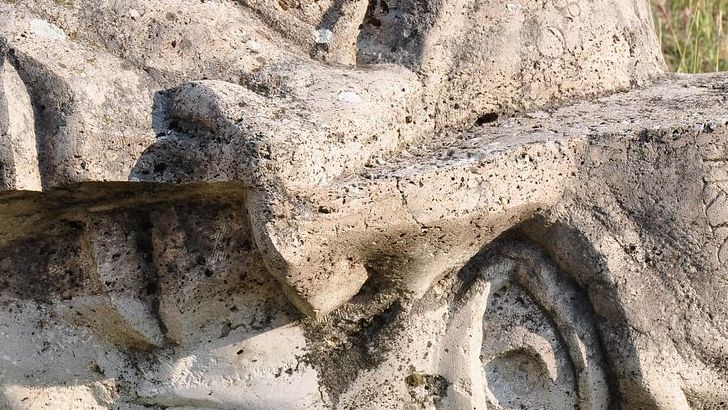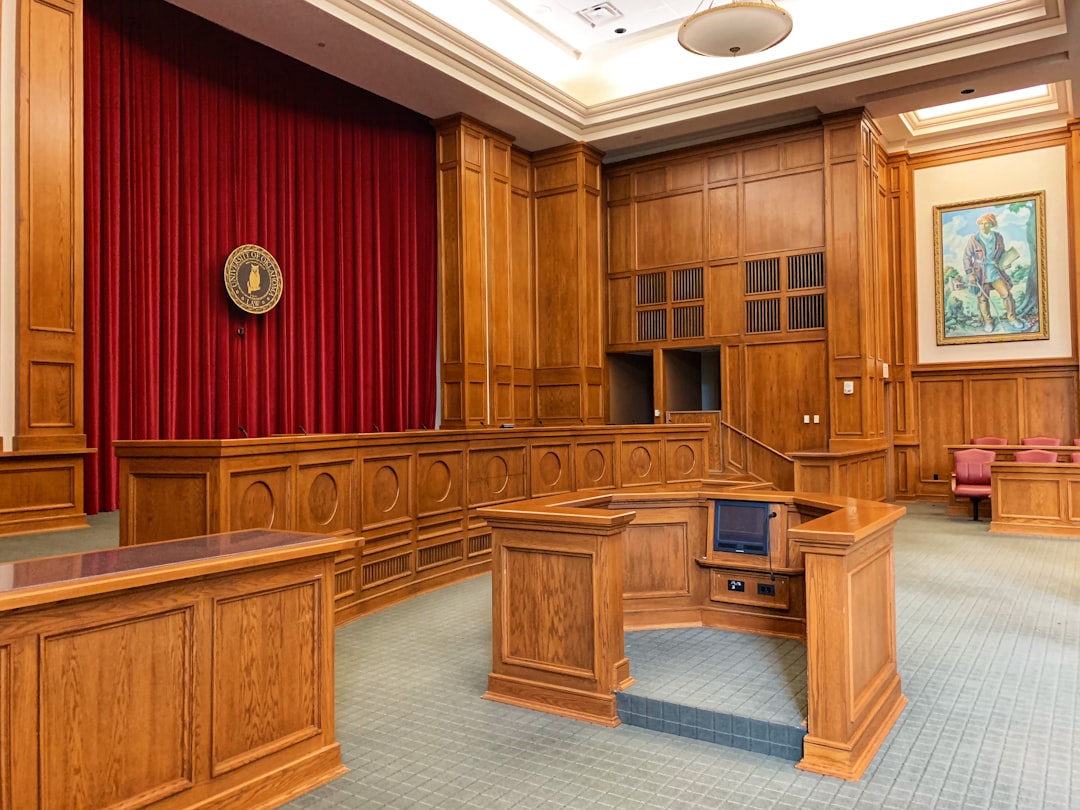Central City’s Casino Renaissance Drives Modern Revival

Central City transformed from a near-ghost town into a thriving destination after Colorado legalized limited stakes gambling in 1991. The town’s historic casinos now generate over $200 million annually in gaming revenue, according to the Colorado Division of Gaming’s 2024 reports. What makes this revival particularly striking is how the community has managed to preserve its Victorian-era architecture while accommodating modern tourists. The narrow streets that once echoed with miners’ boots now bustle with visitors exploring attractions like the Central City Opera House, which celebrated its 150th anniversary in 2028. Property values have increased by roughly 340 percent since the casino era began, creating new opportunities for both businesses and residents.
Black Hawk’s Strategic Location Fuels Economic Growth

Just one mile down the canyon from Central City, Black Hawk has experienced even more dramatic growth due to its proximity to Denver and better highway access. The town’s gaming revenue exceeded $400 million in 2024, making it one of Colorado’s most profitable gaming districts per capita. Recent infrastructure improvements, including the completion of a new parking structure in 2023, have helped accommodate the nearly two million annual visitors. Local employment has surged from fewer than 100 residents in the 1980s to over 3,000 people working in the gaming and hospitality sectors today. The transformation has been so complete that Black Hawk now features luxury hotels and fine dining establishments that rival those found in major metropolitan areas.
Georgetown’s Victorian Charm Attracts Year-Round Tourism
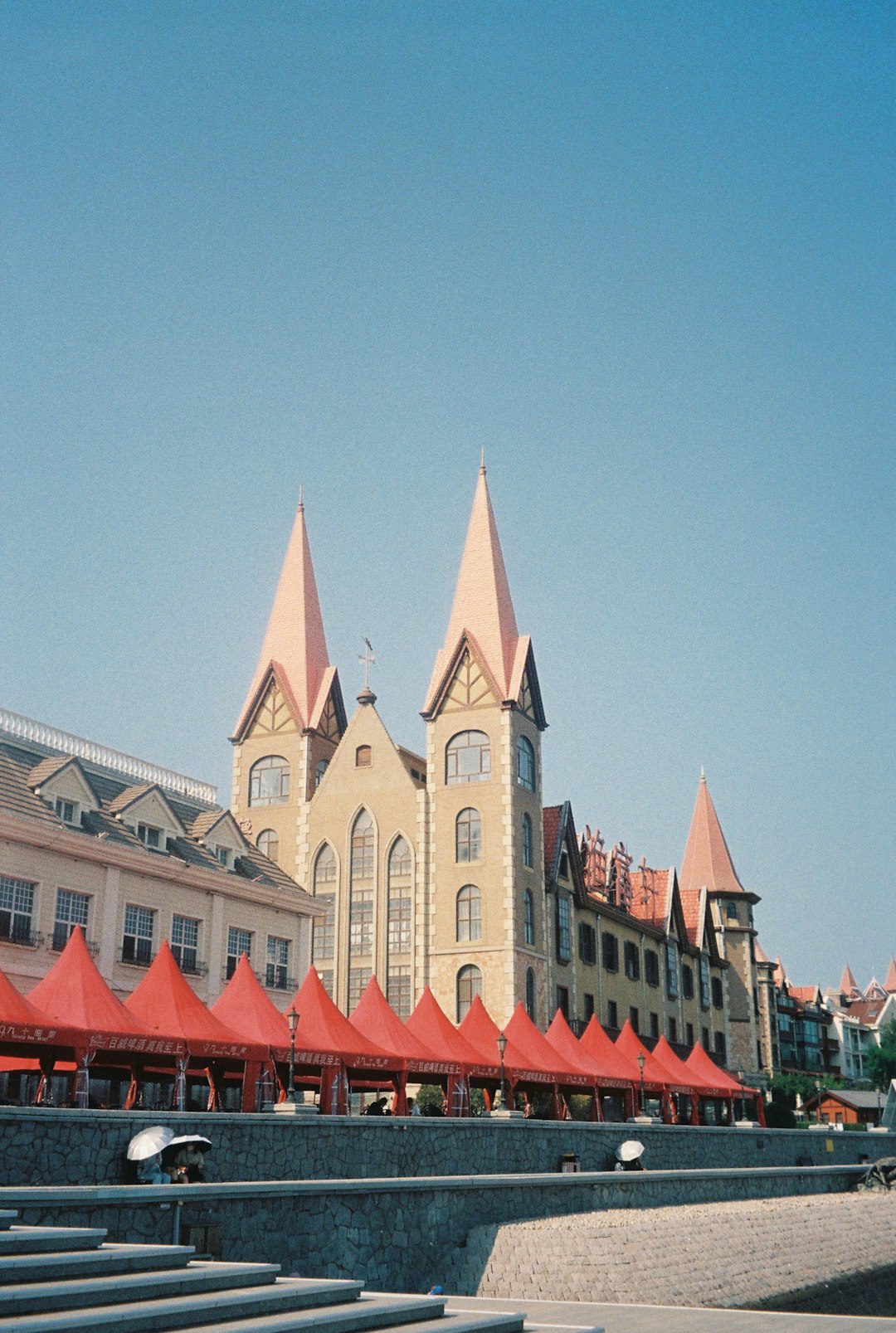
Georgetown has successfully reinvented itself as a heritage tourism destination, capitalizing on its remarkably preserved Victorian architecture and proximity to Interstate 70. The town’s population has grown by approximately 25 percent since 2020, with new residents drawn by remote work opportunities and outdoor recreation access. The Georgetown Loop Railroad, which resumed operations in 1973, now carries over 100,000 passengers annually through some of Colorado’s most spectacular mountain scenery. Historic home sales have increased dramatically, with many properties selling for double their 2019 values as Denver-area buyers seek mountain retreats. The town’s strategic position as a gateway to skiing and hiking areas has created a robust vacation rental market that generates significant tax revenue for local improvements.
Silverton’s Narrow Gauge Railroad Becomes Economic Lifeline
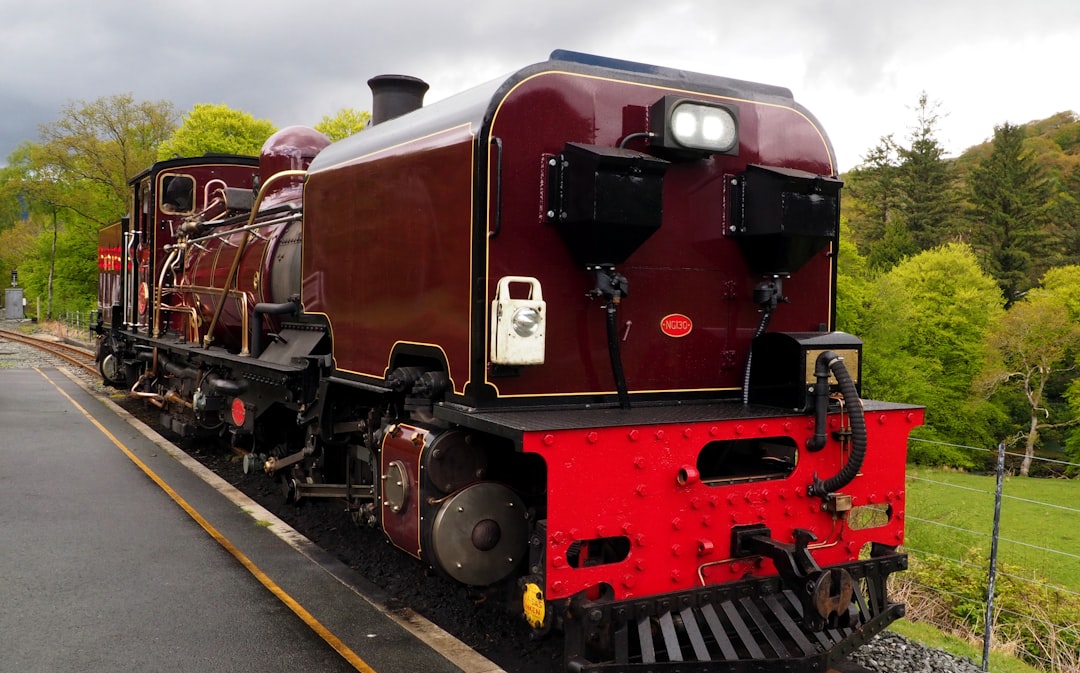
The Durango & Silverton Narrow Gauge Railroad has become the cornerstone of Silverton’s modern economy, bringing approximately 200,000 visitors annually to this remote mountain town. Despite having fewer than 600 permanent residents, Silverton hosts numerous festivals and events that attract adventure seekers and history enthusiasts from around the world. The town’s elevation of 9,318 feet and harsh winters once made year-round habitation nearly impossible, but improved heating systems and internet connectivity have enabled a small but dedicated community to thrive. Recent investments in avalanche protection and road maintenance have made Silverton more accessible during winter months, extending the tourism season beyond traditional summer operations. Local businesses report that visitor spending has increased by over 40 percent since 2022, as travelers seek authentic historical experiences away from crowded resort towns.
Cripple Creek’s Gold Mining Legacy Drives Heritage Tourism
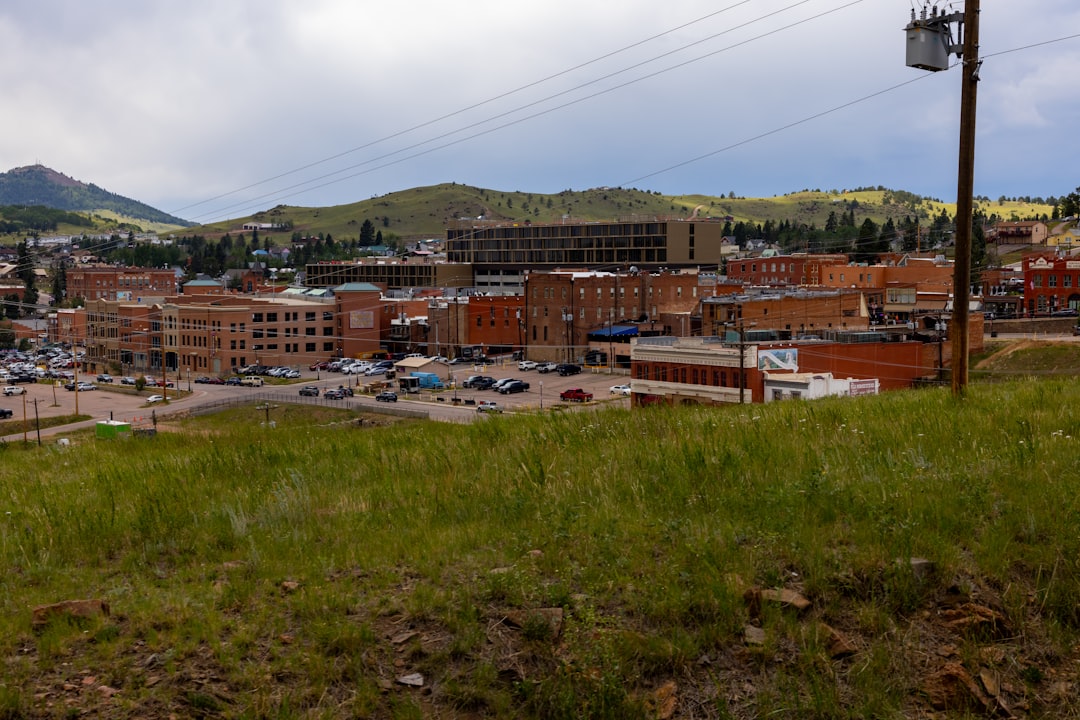
Cripple Creek has successfully balanced its gaming industry with authentic historical preservation, maintaining active gold mining operations alongside modern casinos. The town’s unique position as both a gaming destination and working mining district attracts visitors interested in Colorado’s continuing gold production story. Recent archaeological discoveries in the area have revealed new insights into 19th-century mining techniques, creating opportunities for educational tourism programs. The Cripple Creek & Victor Gold Mine, one of the largest active gold mines in Colorado, offers tours that complement the town’s historical attractions. Gaming revenues have stabilized around $50 million annually, providing a steady economic foundation that allows the community to invest in historic preservation and infrastructure improvements.
Leadville’s High-Altitude Appeal Draws Adventure Seekers
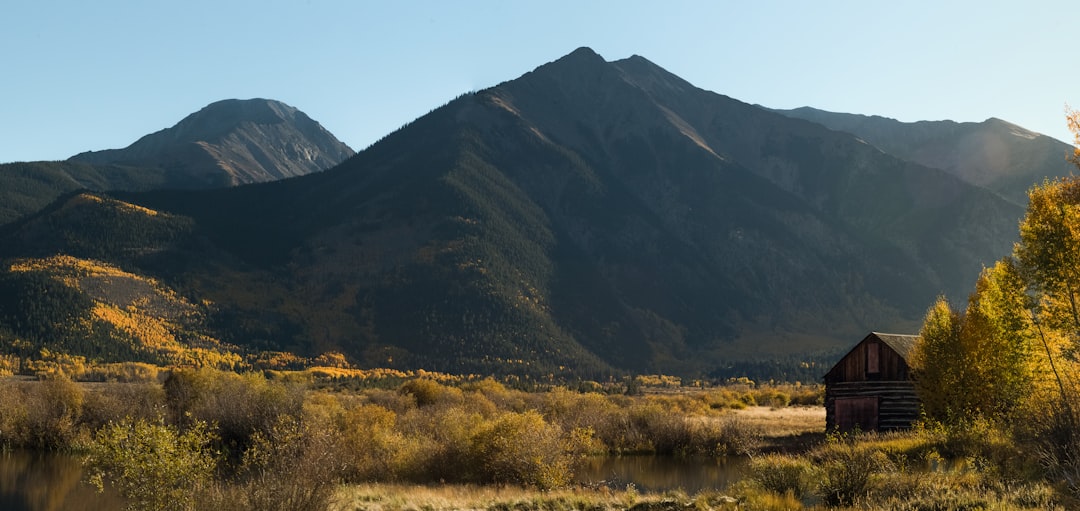
At 10,152 feet above sea level, Leadville holds the distinction of being the highest incorporated city in the United States, a fact that has become central to its tourism marketing strategy. The town’s extreme elevation and harsh climate once drove away most residents, but today these same conditions attract ultramarathoners, mountain climbers, and high-altitude training athletes. Leadville’s population has grown by nearly 15 percent since 2020, with new residents including remote workers and outdoor recreation entrepreneurs. The annual Leadville Trail 100 ultramarathon brings thousands of participants and spectators to the town each August, generating significant economic impact for local businesses. Recent investments in fiber optic internet infrastructure have made it possible for technology workers to live in this remote location while maintaining urban careers.
Victor’s Mining Heritage Creates Unique Tourist Experience
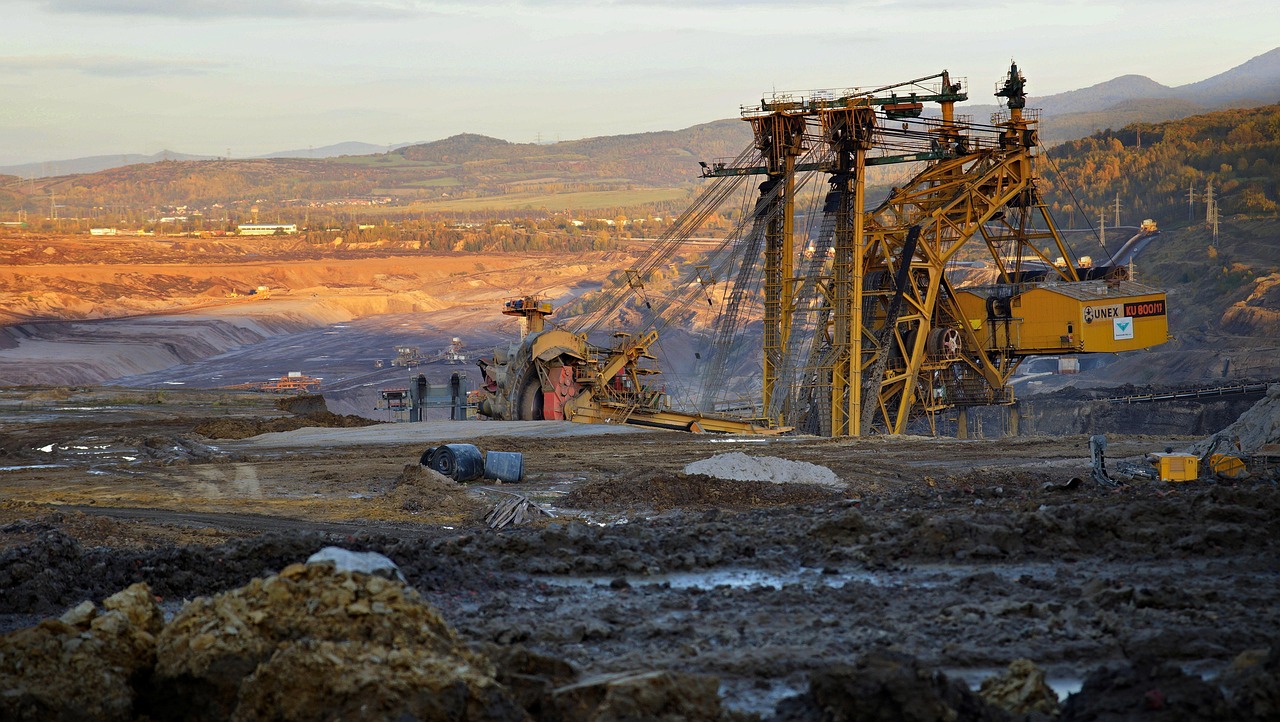
Victor maintains one of Colorado’s most authentic mining town atmospheres, with many buildings still showing the wear and character of over a century of mountain weather. The town’s proximity to the active Cripple Creek & Victor Gold Mine provides visitors with rare opportunities to observe modern mining operations in a historic setting. Local population has remained stable at around 400 residents, but visitor numbers have increased substantially as tourists seek less commercialized alternatives to busier mountain towns. The Victor Lowell Thomas Museum showcases the town’s connection to the famous journalist and broadcaster who grew up in the area during its mining heyday. Recent improvements to the town’s water and sewer systems have made it more attractive to potential new residents while preserving its authentic frontier character.
Fairplay’s Television Fame Boosts Visitor Numbers
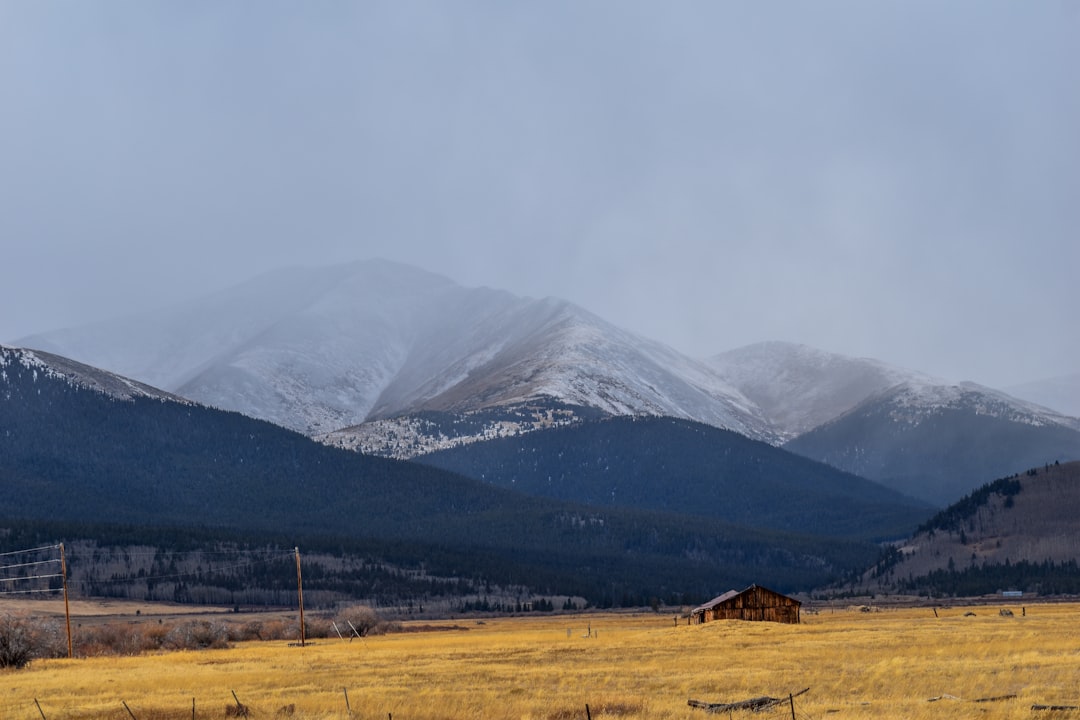
The small town of Fairplay gained unexpected fame as the inspiration for the animated series South Park, creating a unique tourism niche that has revitalized its economy. Visitors often arrive expecting to find locations from the show, but instead discover authentic Colorado mountain town charm and spectacular scenery in South Park valley. The town’s population has grown modestly to around 700 residents, many of whom are seasonal workers in nearby ski resorts or remote employees attracted by affordable housing costs. Fairplay’s elevation of 10,578 feet makes it one of the highest county seats in the United States, a distinction that appeals to adventure travelers and geography enthusiasts. Local businesses have adapted to capitalize on the South Park connection while maintaining the town’s authentic Western character and historical significance.
Nederland’s Counterculture Legacy Attracts Creative Communities
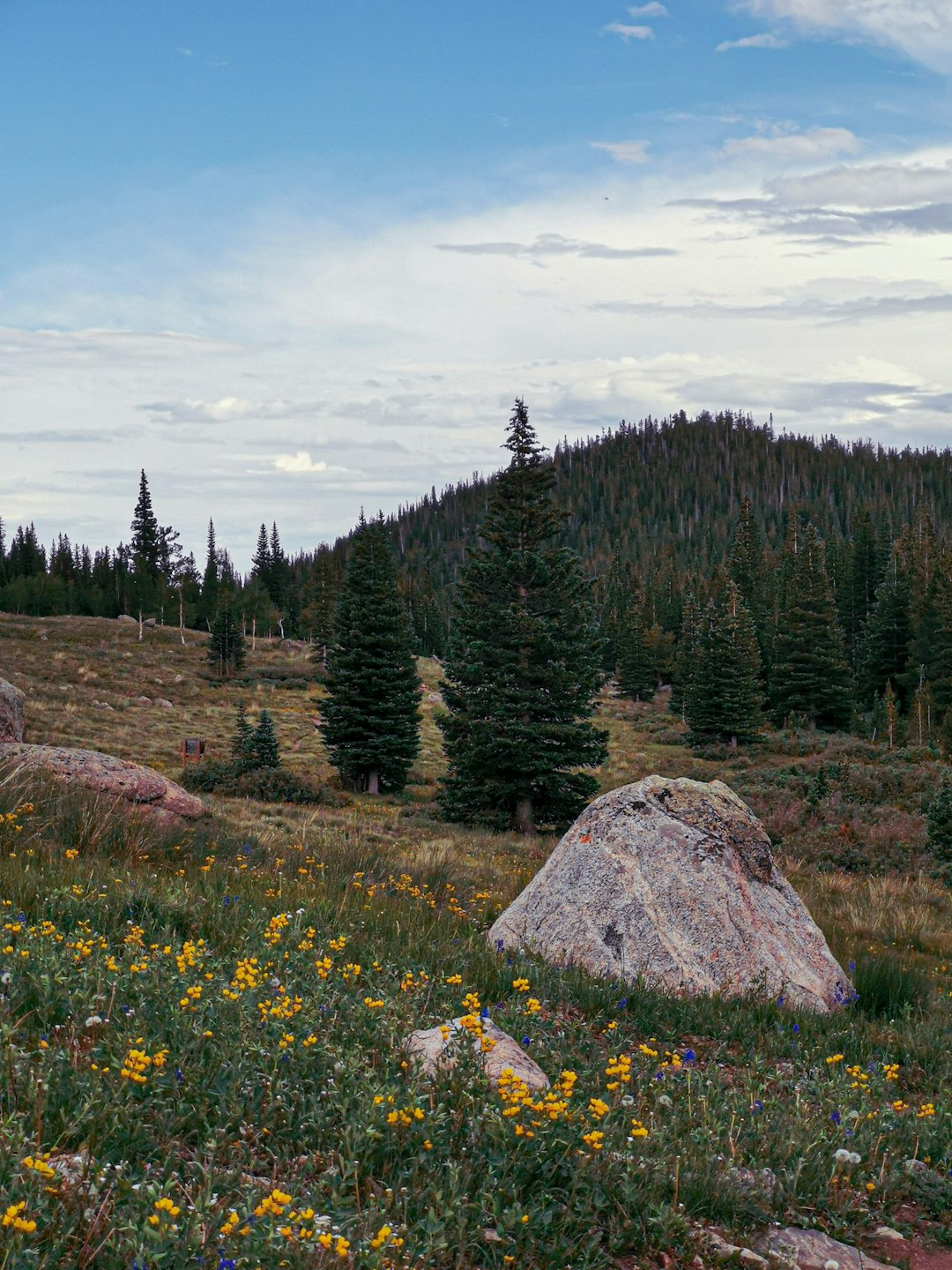
Nederland successfully reinvented itself from a declining mining town into a haven for artists, musicians, and creative professionals seeking an alternative to expensive Boulder real estate. The town’s annual Frozen Dead Guy Days festival, celebrating a local cryogenically preserved resident, has become one of Colorado’s most unusual tourist attractions. Population growth has been steady but controlled, with around 1,400 residents choosing Nederland for its combination of small-town character and proximity to both Denver and Boulder job markets. The town’s music scene thrives year-round, with local venues hosting nationally touring acts and fostering a vibrant community of local musicians. Property values have increased significantly as Denver-area buyers discover Nederland’s unique culture and stunning mountain setting, though efforts continue to maintain affordable housing for working residents.
Ward’s Remote Location Appeals to Off-Grid Enthusiasts
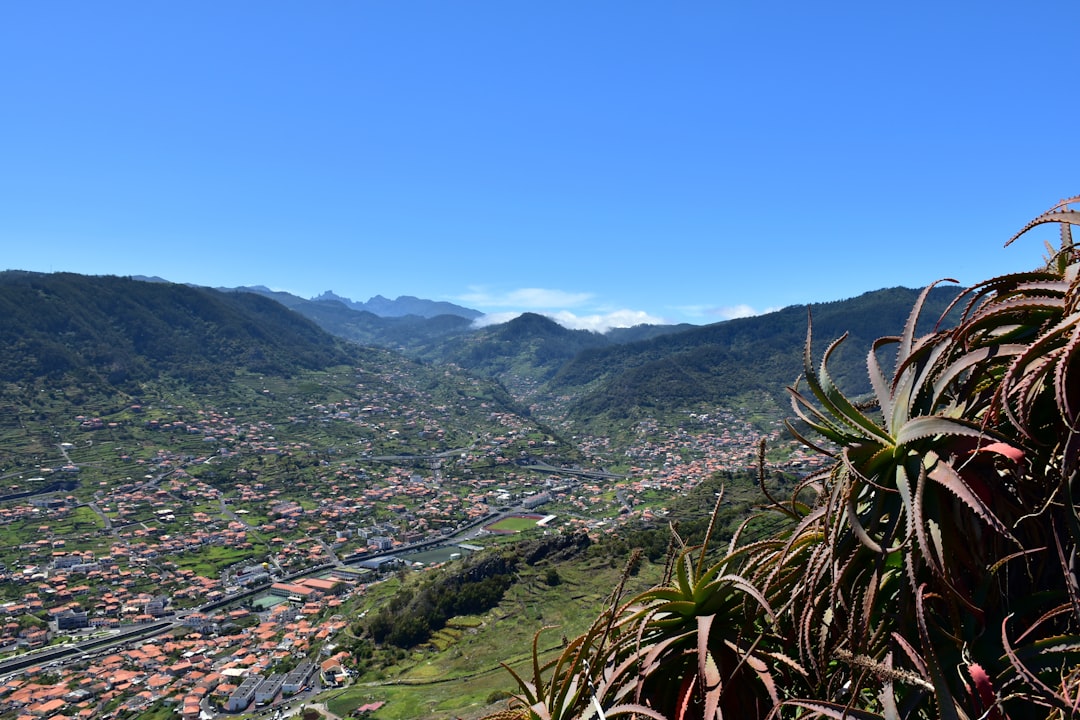
Ward represents one of Colorado’s most successful examples of a tiny community finding new life through attracting residents seeking off-grid living experiences. With fewer than 150 permanent residents, the town sits at 9,450 feet elevation and experiences some of Colorado’s harshest winter conditions, factors that now attract rather than repel certain types of residents. The community has embraced renewable energy systems and sustainable living practices, making it a model for other remote mountain towns facing similar challenges. Ward’s proximity to both Nederland and Estes Park provides access to services and employment while maintaining its isolated character. Recent improvements to internet connectivity have enabled some residents to work remotely while living in this extremely rural setting, demonstrating how technology can revitalize even the most remote communities.
Tin Cup’s Authentic Ghost Town Experience Draws History Buffs
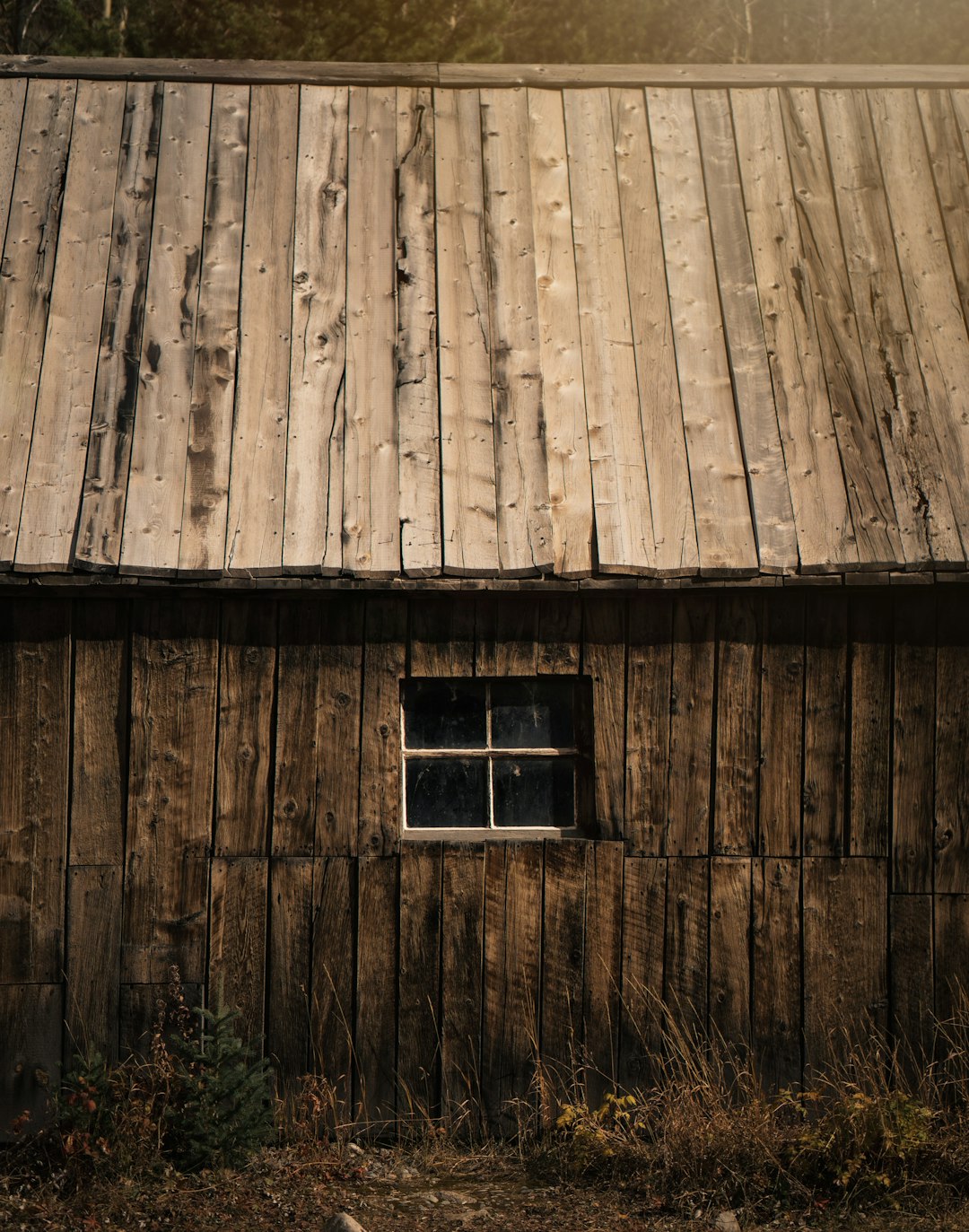
Tin Cup offers one of Colorado’s most authentic ghost town experiences, with many original 1880s buildings still standing despite decades of abandonment and harsh mountain weather. The town’s remote location at the end of a challenging mountain road has actually helped preserve its character by limiting casual tourism and development pressure. Summer visitors must navigate rough four-wheel-drive roads to reach Tin Cup, creating an adventure tourism niche that appeals to serious outdoor enthusiasts and history researchers. The town’s cemetery tells compelling stories of frontier life, with graves dating back to the original mining boom period providing insights into the harsh realities faced by early Colorado settlers. Recent efforts by historical preservation groups have focused on stabilizing the remaining structures while maintaining their authentic appearance and historical integrity.
St. Elmo’s Preservation Efforts Create Living History Museum
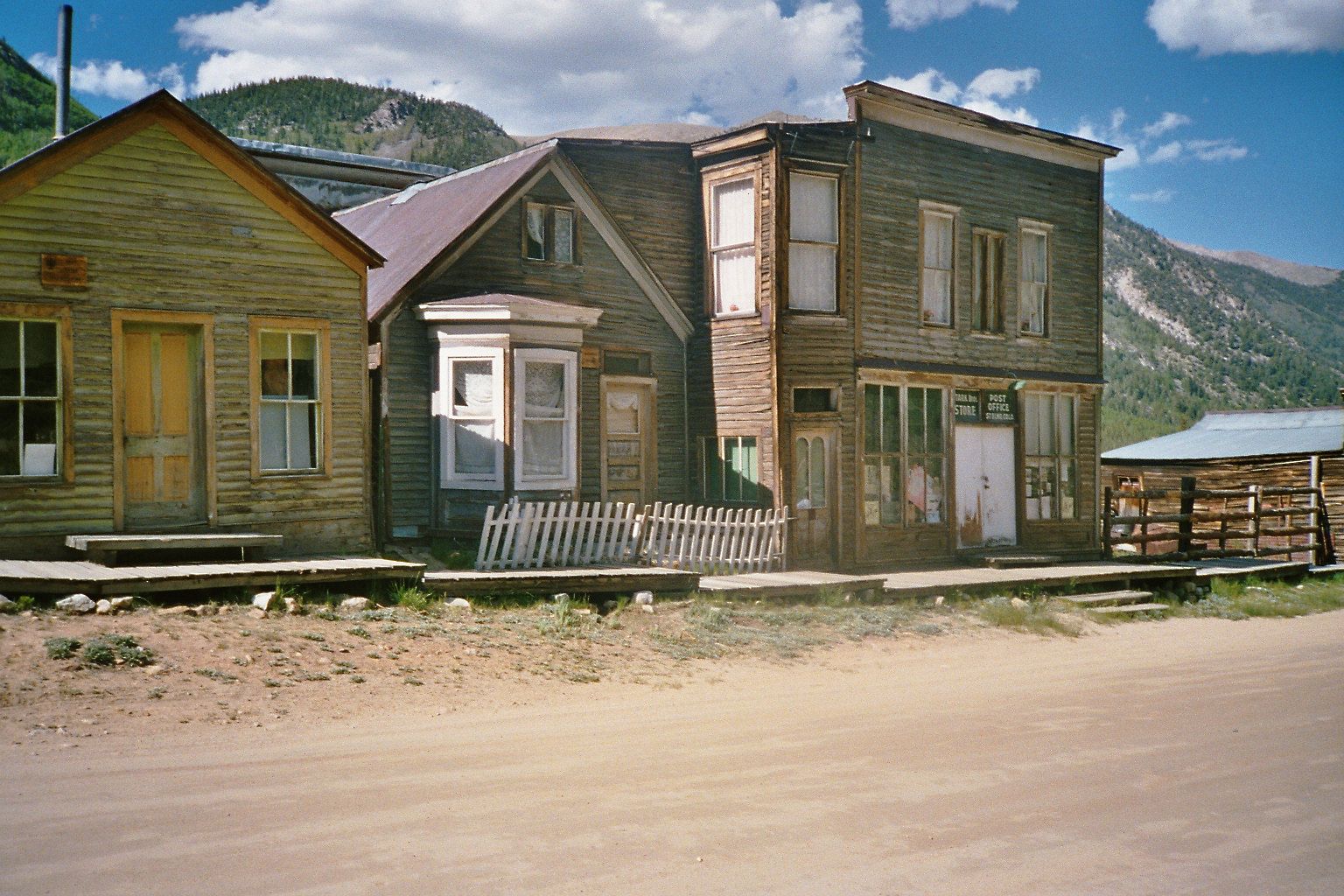
St. Elmo stands as one of Colorado’s best-preserved ghost towns, with over 40 original buildings still intact and maintained by dedicated preservation groups. The town’s elevation of 10,047 feet and location along the historic Alpine Tunnel railroad route make it a popular destination for both history enthusiasts and backcountry adventurers. Visitor numbers have increased substantially in recent years as social media has spread awareness of St. Elmo’s photogenic buildings and dramatic mountain setting. The town’s general store continues to operate seasonally, selling supplies to tourists and providing a tangible connection to its commercial past. Preservation efforts have focused on maintaining the buildings’ structural integrity while allowing visitors to experience what an authentic 1880s mining town actually looked and felt like during Colorado’s gold rush era.



